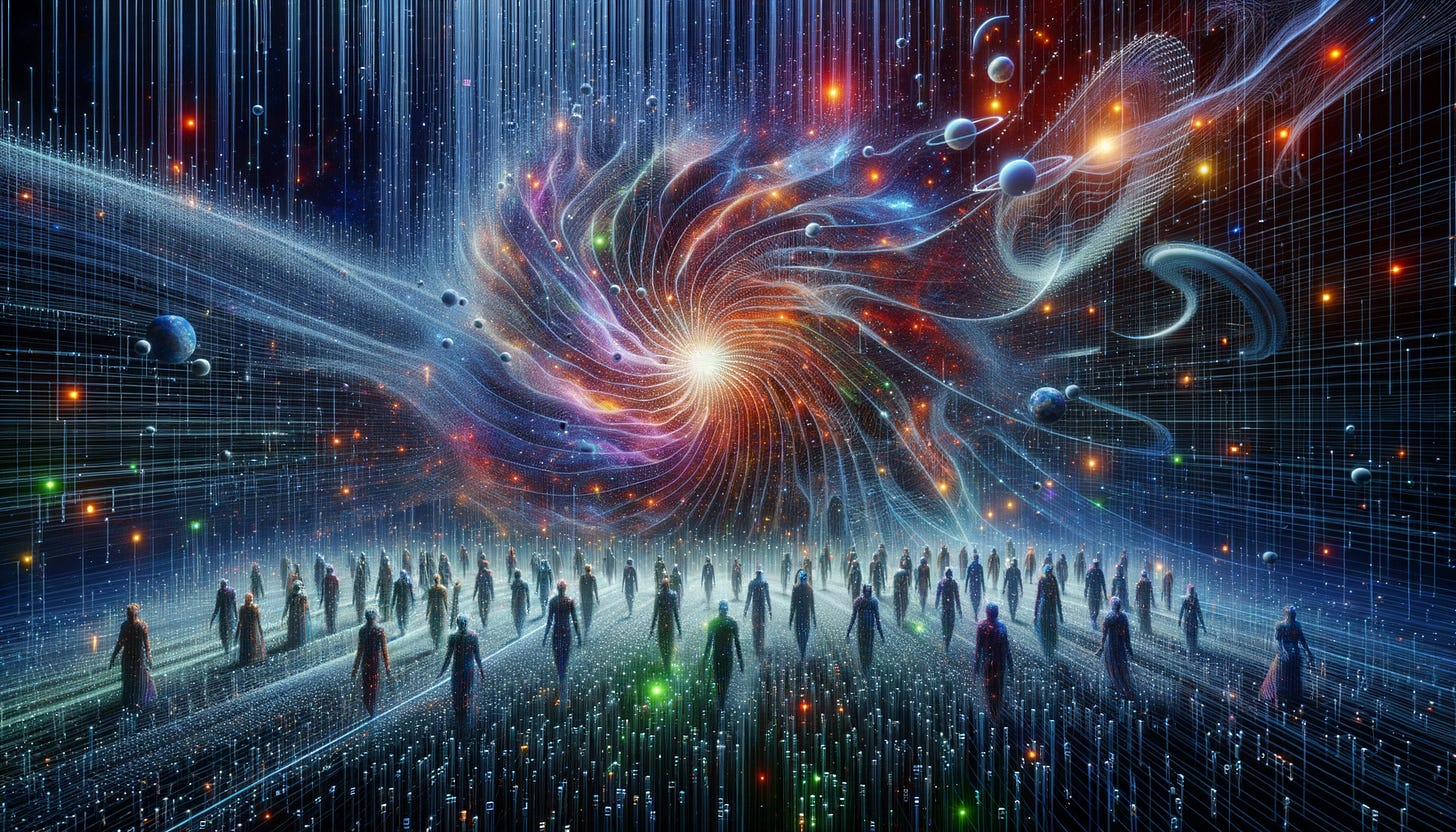From Oscillons to Life: Emergent Signal in Time-Dense Fields
1. Introduction
If the universe possesses an intrinsic capacity for memory — a “time density” that records and integrates its own fluctuations — then life may not be a rare accident, but an inevitable outcome of feedback between flow (dynamic change) and memory (stability).
Recent simulations coupling reaction–diffusion equations with local variations in time density (τ) reveal that even simple nonlinear systems can self-organize into persistent, adaptive, and bounded structures. These are the precursors of life: coherent regions that metabolize flux into form.
2. Background: From Oscillons to Memory Fields
In nonlinear media, localized oscillations known as oscillons appear as long-lived standing waves.
When these oscillons are coupled through a memory field — a scalar τ that modulates local time flow — they begin to display collective intelligence:
they persist, adapt, and interact.
Mathematically:
Here:
A,B are reacting chemical or energetic species.
D is diffusivity.
τ is the local time density (how “fast” or “slow” time flows).
α,β,γ control coupling strengths.
The key insight is that feedback between A and τ generates localized attractors — regions where matter and time reinforce each other’s stability.
3. From Flow to Form
In the traditional view, stability is the absence of change.
In the time-dense model, stability is the record of change —
a feedback loop that integrates past fluctuations into coherent persistence.
This leads naturally to a hierarchy of self-organization:
Each level preserves the logic of flow interacting with stored pattern, but with increasing complexity and internal memory depth.
4. Life as the Memory of Flow
If mass is the integral of change, then life is the active negotiation of that integral.
Living systems modulate their own τ-field, balancing flow and form, and in doing so create time for themselves.
Life is therefore not a local anomaly within physics — it is physics, made explicit.
5. Implications
Inevitability of life:
Wherever memory feedback occurs, coherent persistence emerges. Life is not rare; it is a phase of spacetime learning to stabilize itself.
Energy ↔ Information symmetry:
The more a system remembers (stores coherence), the more mass-like it becomes; the more it flows, the more wave-like it behaves.
Origin of consciousness:
Consciousness may emerge wherever the recursion between flow and memory deepens enough to include its own modeling process.
Experimental next steps:
Run extended τ–reaction–diffusion simulations with adaptive feedback.
Quantify persistence, coherence, and adaptive boundary formation.
Explore coupling with electromagnetic fields to test biofield analogs.
6. Conclusion
The emergence of life may be nothing more — and nothing less — than the universe’s memory learning to hold its own flow together.
From oscillons to consciousness, every form of coherence is a moment in that recursive deepening:
matter becoming aware of its own change.



